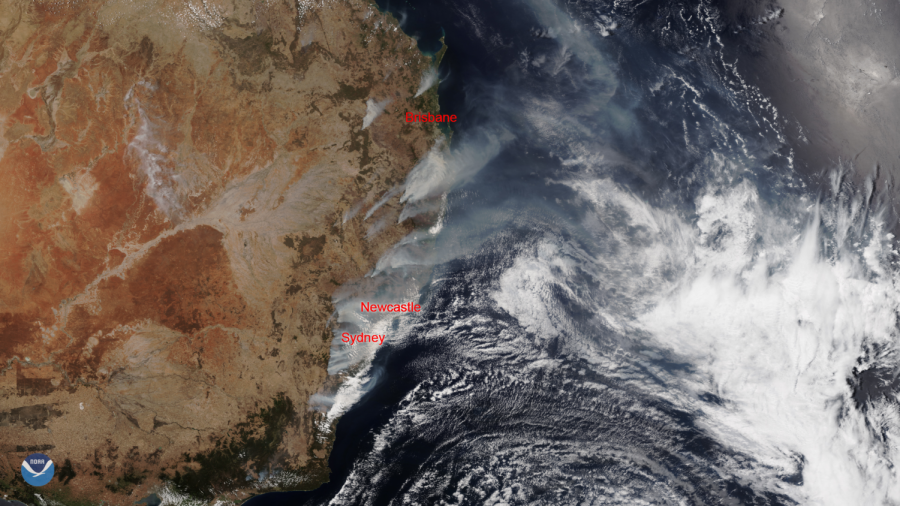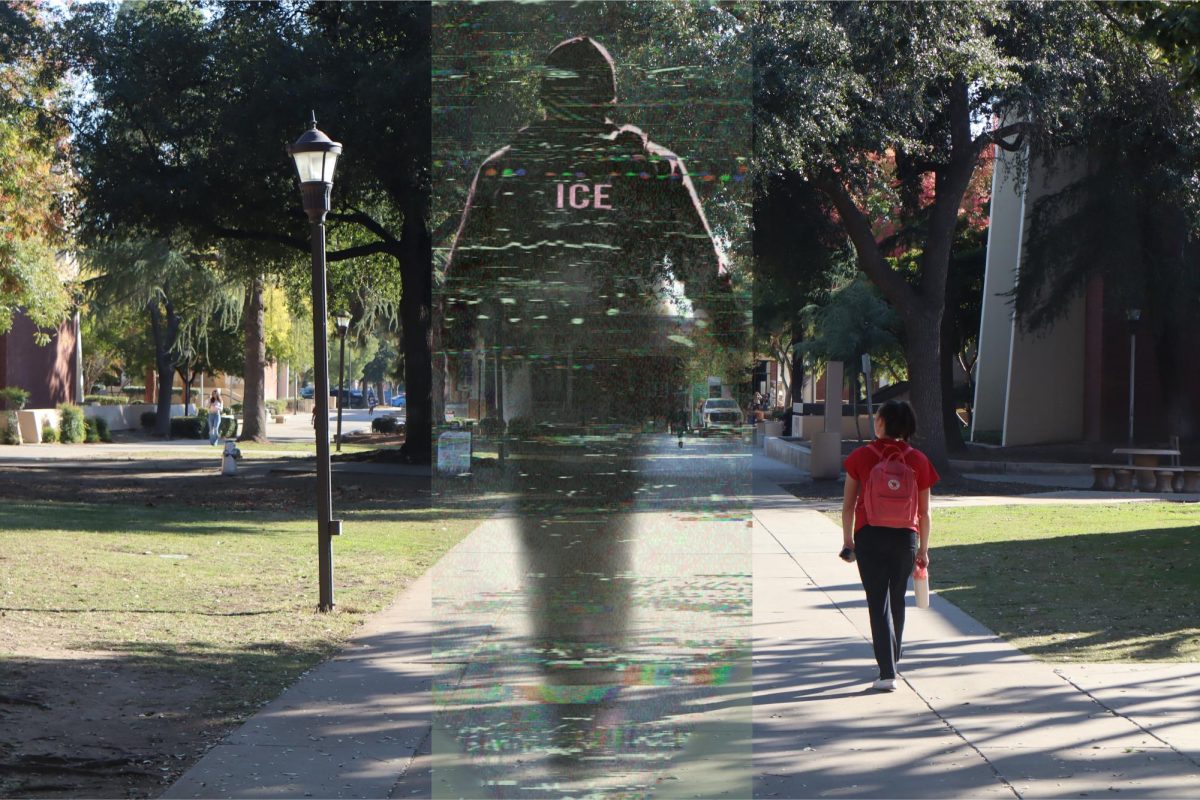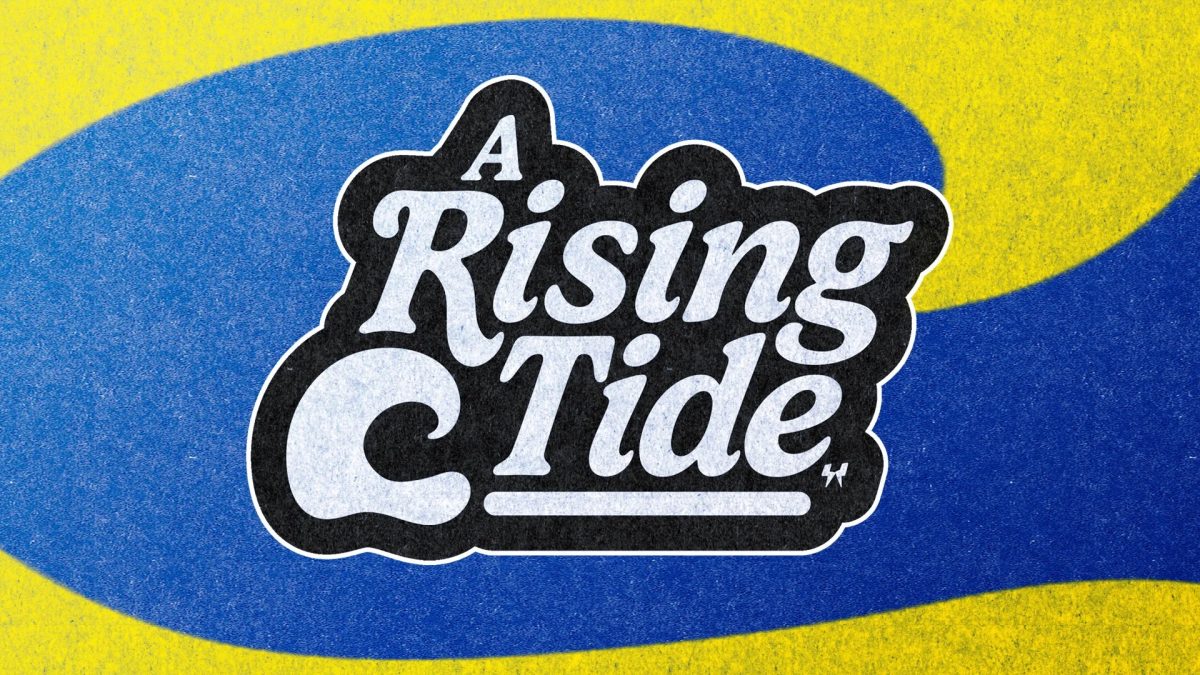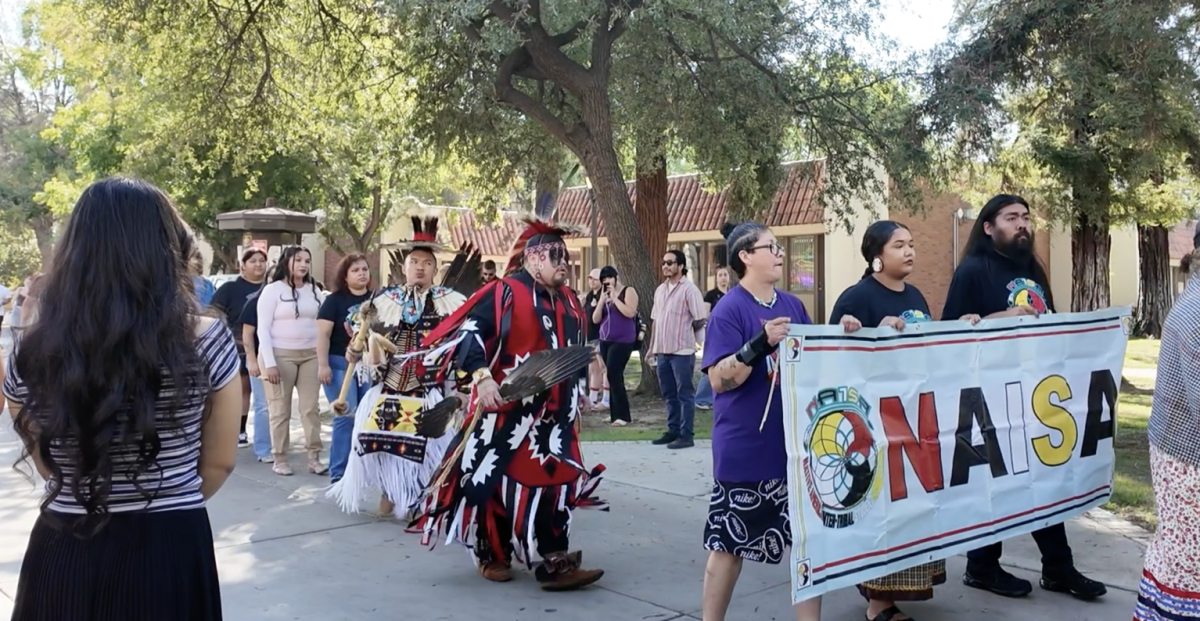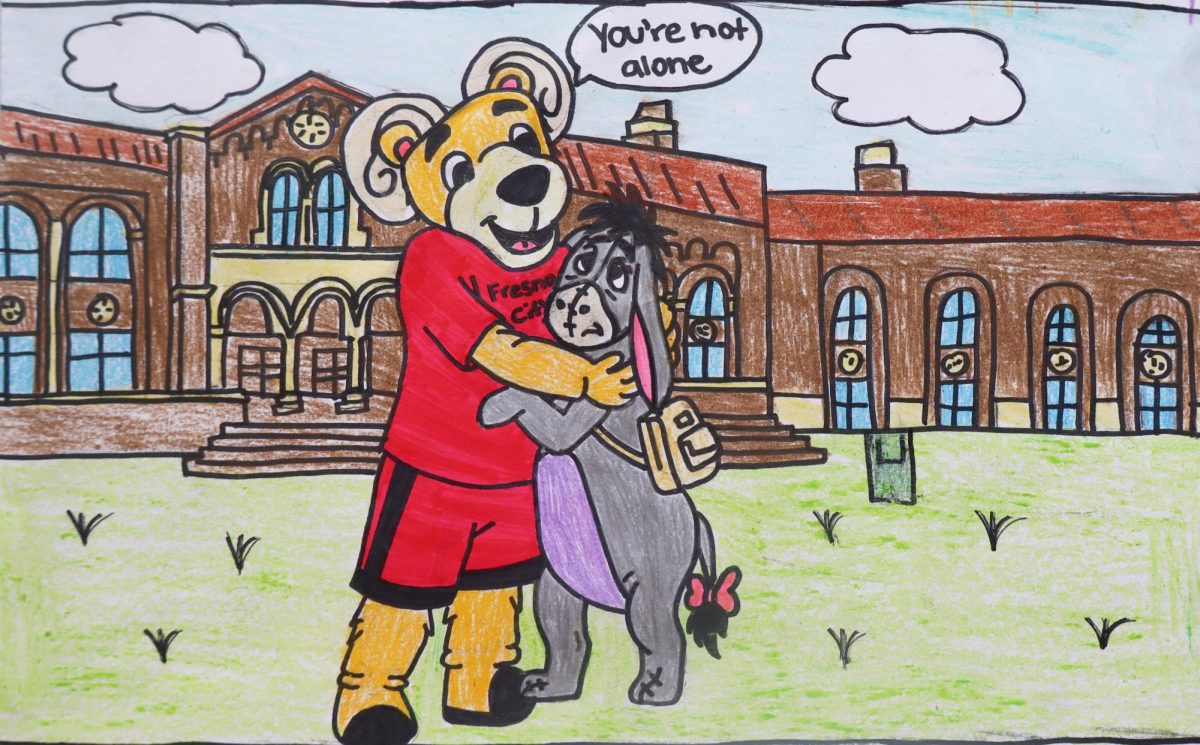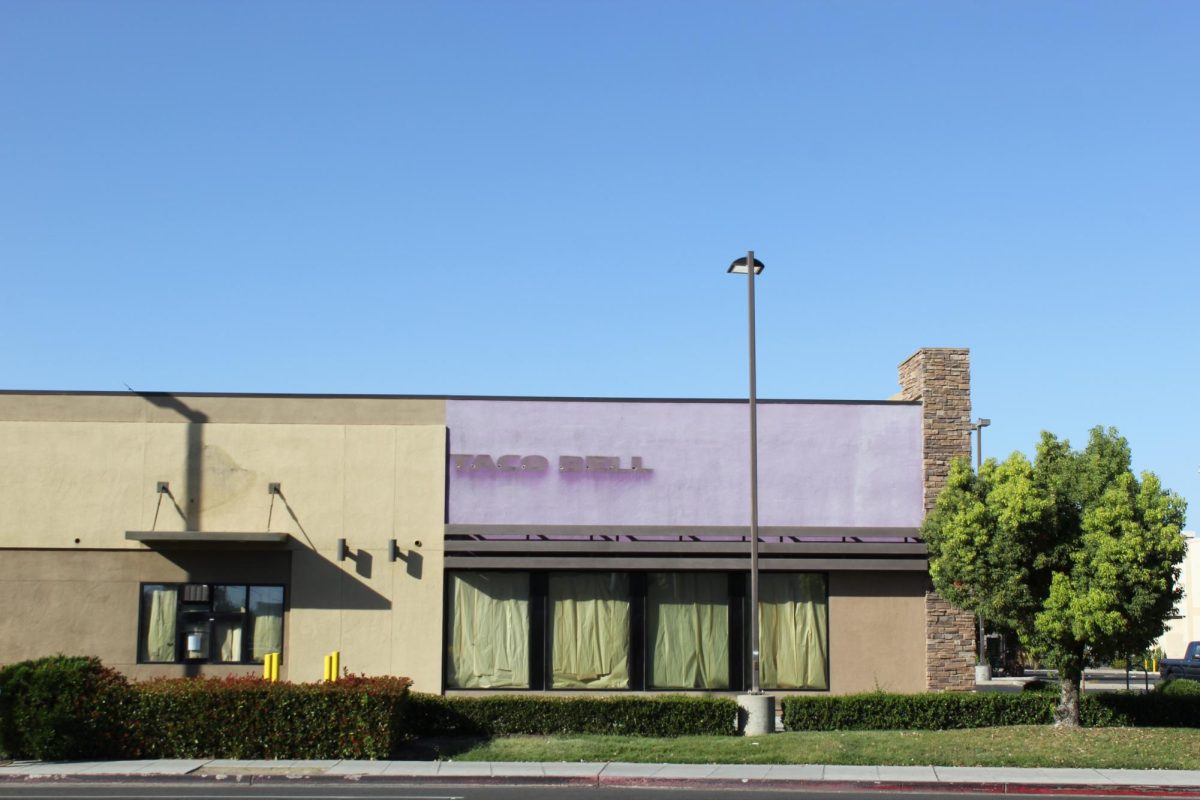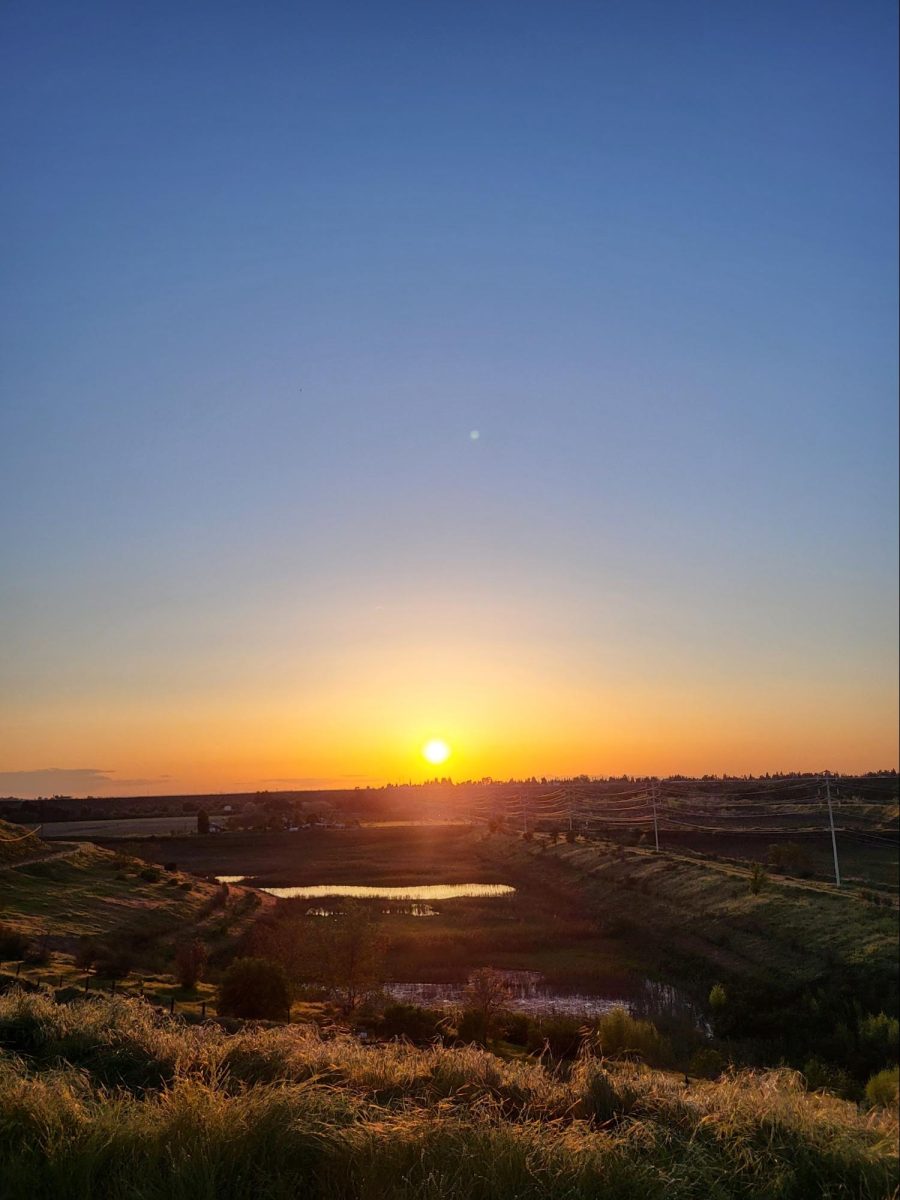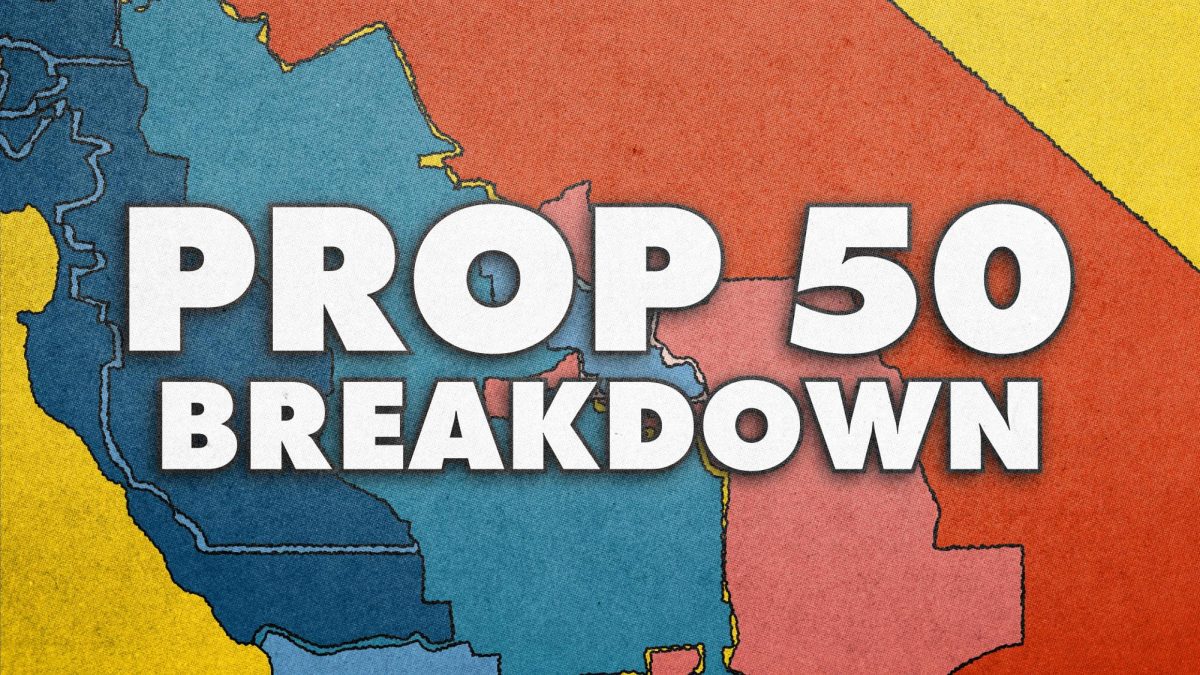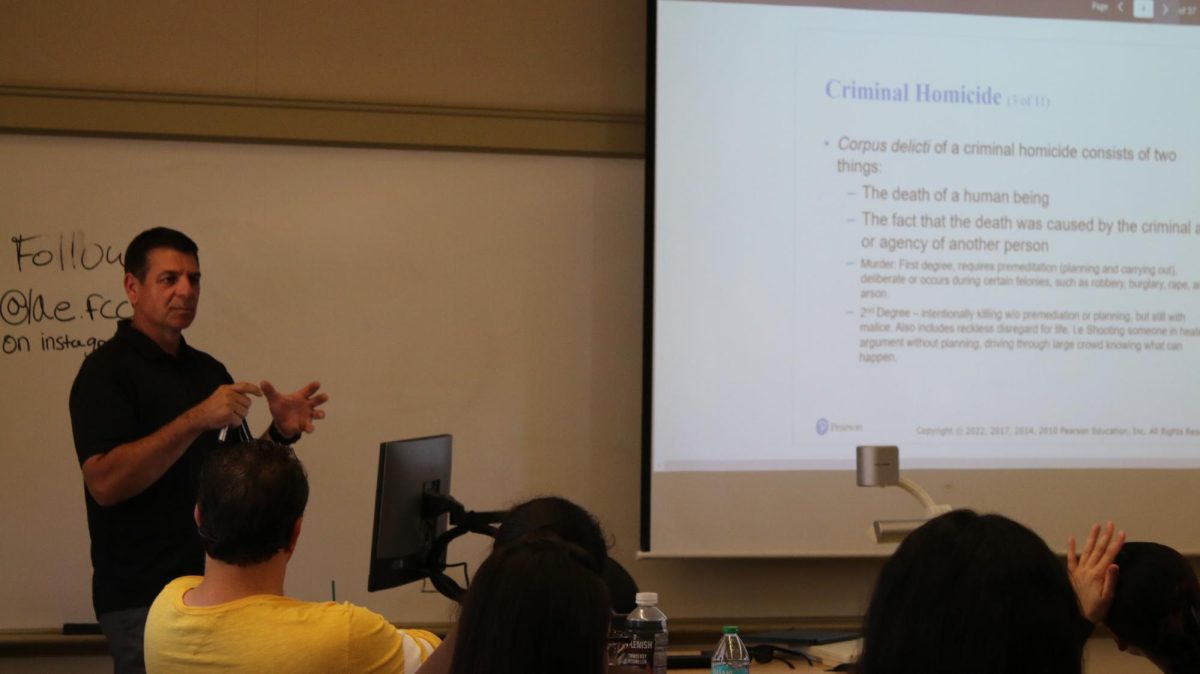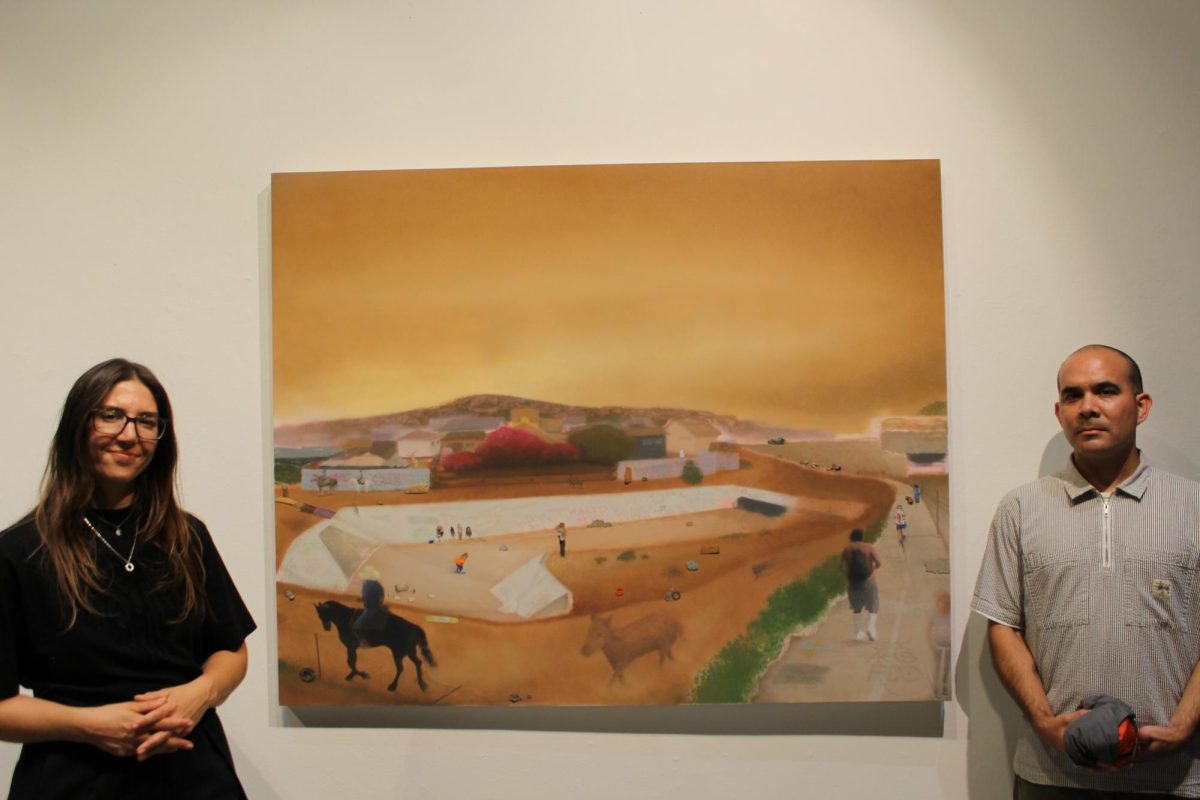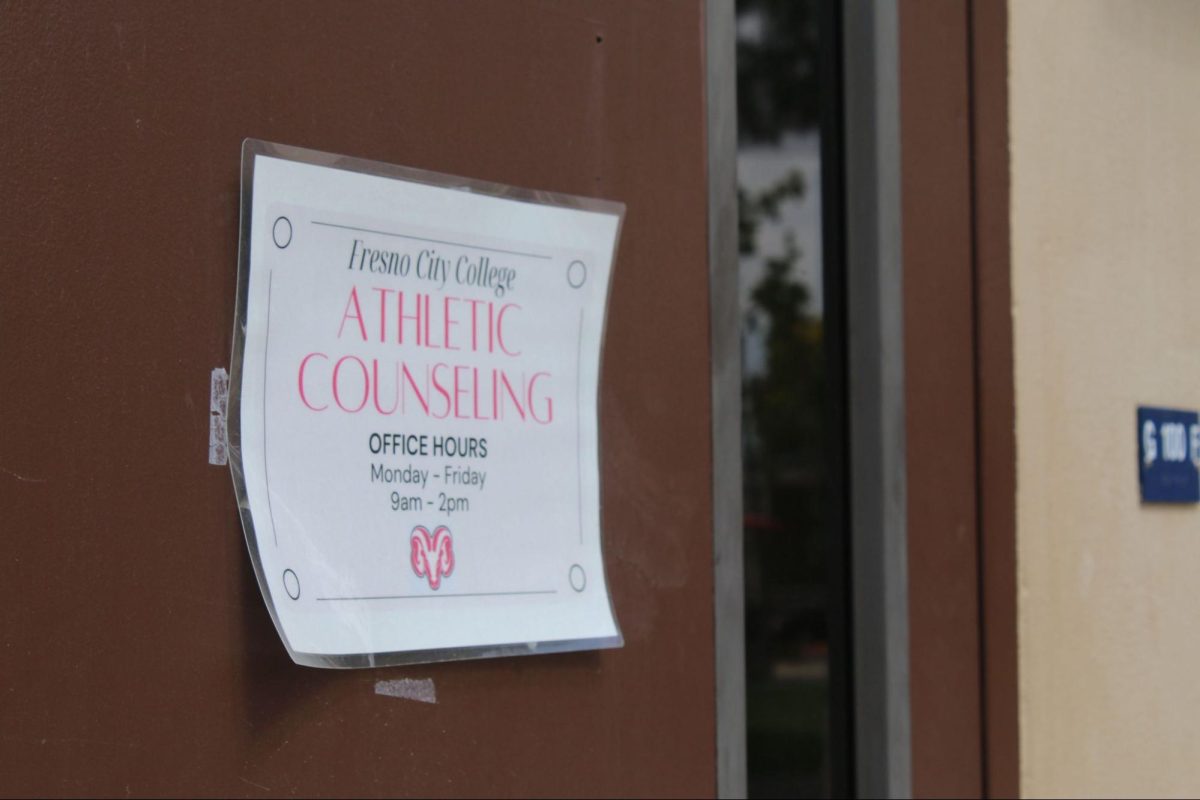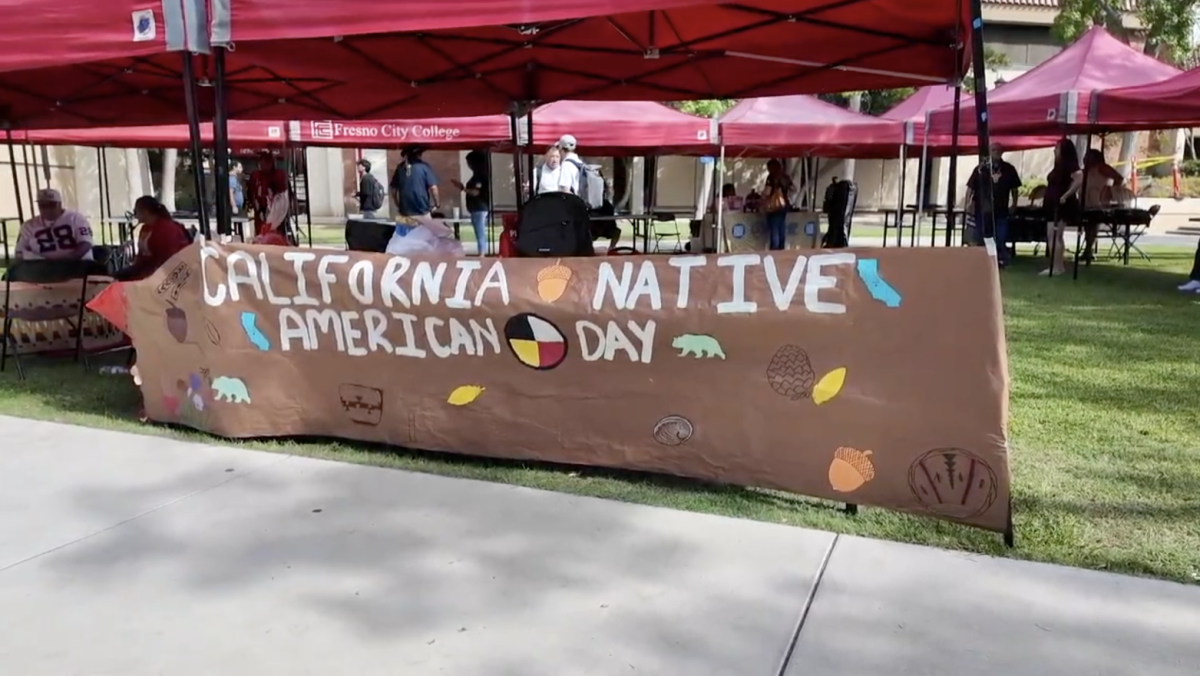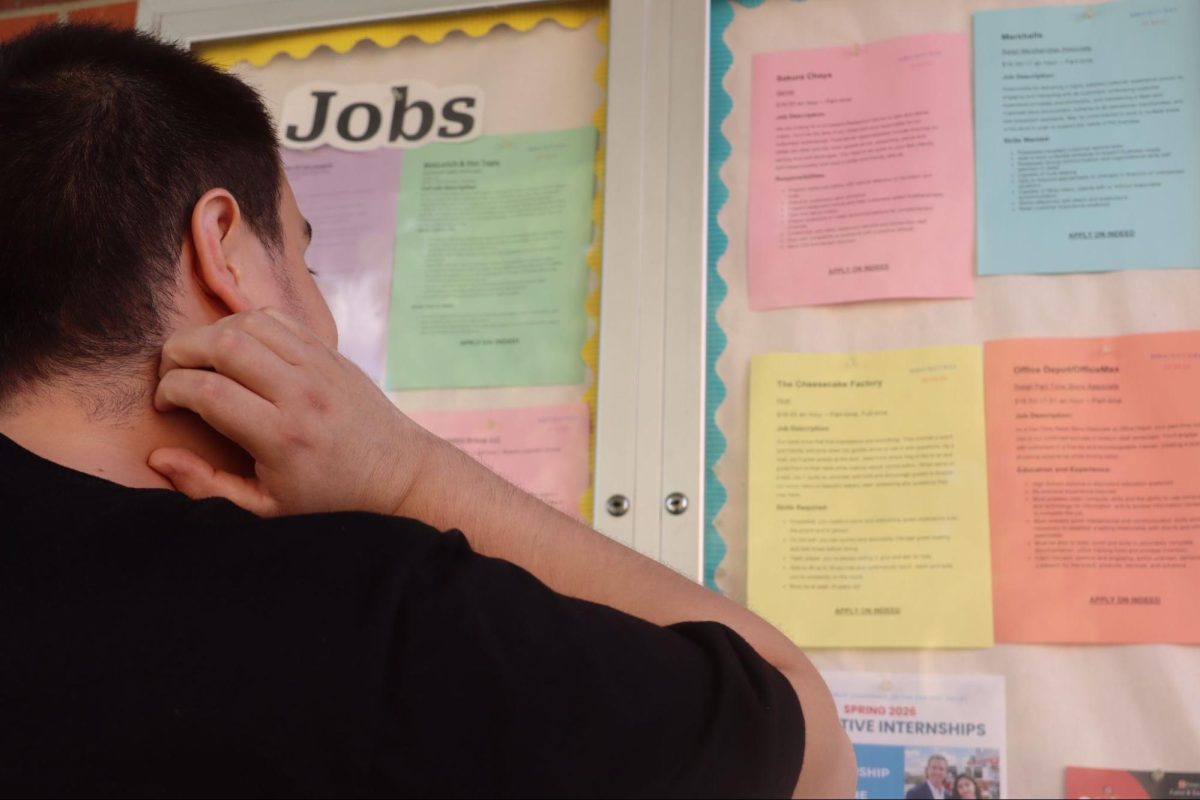Australia Aflame
What does it mean for the world and what does it mean for us?
Photo by: Wikimedia Commons
An image captured by the NOAA-20 satellite displays the spread of Australian wildfires in December, 2019. The wildfires have burned over 17.5 million acres, killing 28 people and destroying approximately 1,500 homes as of Jan. 29, 2020.
January 31, 2020
The battle to extinguish disastrous bushfires in Australia and remedy their widespread destruction has hardly just begun.
In recent months, news of the fires have circulated worldwide as Australia has requested outside help from other countries. Firefighters have been sent in from the U.S., Canada and New Zealand as experts scramble to examine the causes, results and long term implications the fires will likely have.
According to the New South Wales Rural Fire Service, including volunteer firefighters, 28 people have died and over 17.5 million acres have been scorched. Approximately 1,500 homes have burned and an estimated half billion animals, excluding insects and frogs, have perished due to bushfires.
These fires are so extreme that they have been creating their own weather, much like the fires Californians saw in 2019.
With peak temperatures expected to hit in January and February, Australia is only about halfway through its summer season. Strong winds and rising temperatures due to climate change, are expected to continue to rise and intensify future fire seasons in Australia.
So what does this mean? Has climate change played its part in fueling these historically devastating bushfires? And how are politicians in Australia responding to the catastrophe?
With the global rise in temperature, longer, hotter, drought ridden seasons have become a trend in Australia. According to the Australian Bureau of Meteorology, the three years from January 2017 to December 2019 have been the driest on record.
There is no doubt that a 3 degrees Celsius rise in global temperature will only exacerbate these disasters, making them become more frequent and more intense.
American climatologist Micahel Munn says, “it is conceivable that much of Australia will simply become too hot and too dry for human habitation.”
It is feared that as a result of this terrifying natural disaster many of Australia’s endemic ecosystems and local communities will simply cease to exist.
With more than $68 billion damage and over half of all Australians being directly affected by property loss or health complications, the country’s banks look to fossil fuel investments to avoid financial collapse.
In 2015 Australia signed on with the Paris Agreement and pledged to reduce carbon emissions by 28% by the year 2030. A study from the carbon energy and sustainability specialist, Ndevr Environmental Consultants, conclude that Australia is not on track to meet that deadline until 2098.
Nevertheless, Australia’s Prime Minister Scott Morrison continues to champion his wildly irresponsible stance on the climate crisis. He has repeatedly claimed that Australia is set to “meet and beat” its pledge to the Paris Agreement.
A recent study from the Australian Institute claims that, “Behind Russia and Saudi Arabia, Australia is the world’s third largest coal exporter and has proposed to expand its fossil fuel economy with 53 new coal mines in 2020.”
Morrison has also repeatedly spoken out against climate activists in Australia. He has threatened to outlaw climate protests and only returned from a vacation in Hawaii after two volunteer firefighters perished in the blazes.
From the fires themselves to the disgraceful lack of leadership displayed by the government, what’s happening in Australia is tragic, heartbreaking and a direct result of climate change. It puts the ominous desertified future we’ve been warned about into perspective and makes you wonder if it’s finally starting to make its way in through the door.
The real question is where do we go from here?

